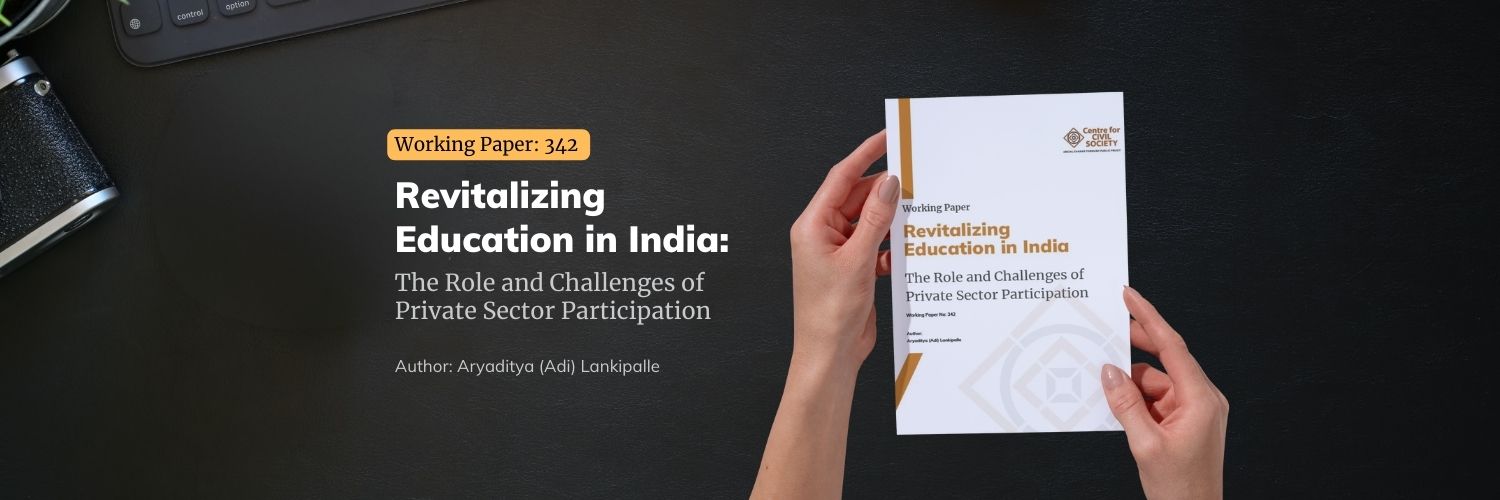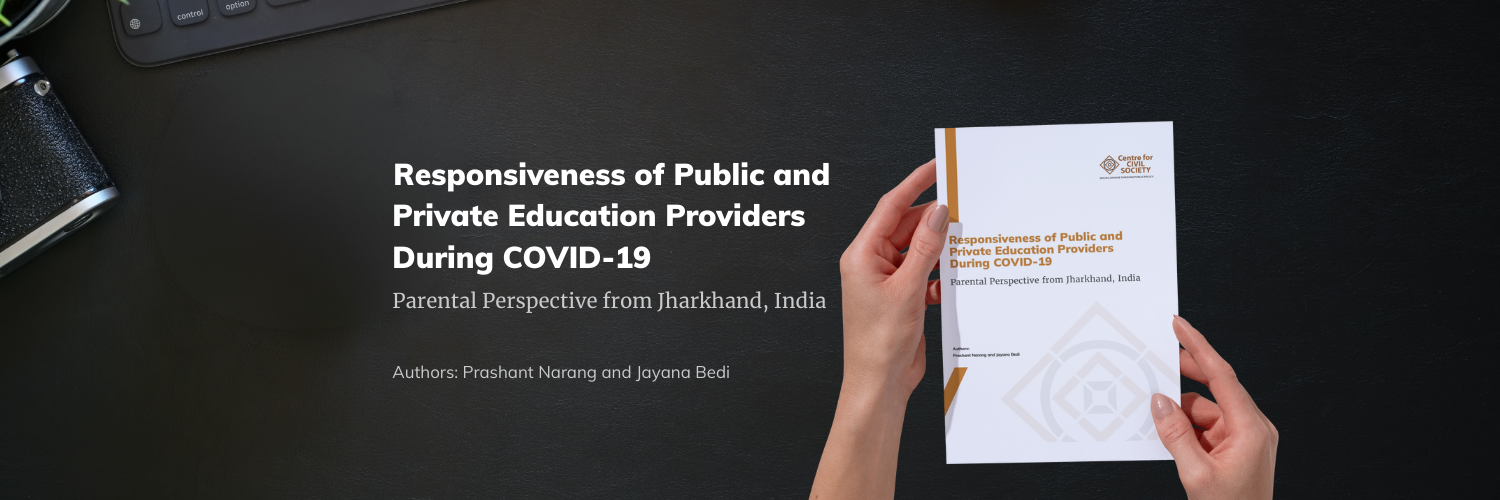This report analyses the current regulatory framework of higher education in India and highlights areas that require important policy reforms in order to encourage greater private participation. This participation would eventually lead to a more competitive environment in the higher education sector and foster growth, which is needed to achieve the target of a 10% increase in Gross Enrolment Ratio (GER) set by the 12th Five Year Plan (FYP).
India has one of the largest higher education systems in the world, primarily dominated by private players who account for 60% of the total institutes and 64% of the total enrolment of students. The higher education sector in India has a three-tier structure comprising the university, college and course. This forms a vital link with the regulatory structure, and with accreditation agencies playing a key role in maintaining quality and standards in this sector.
In addition to some new insights, this report validates the oft-repeated complaints against regulations that govern higher education research in India – that it is opaque, mired in complexity and tough to navigate. A number of recent studies have covered the broad contours of what needs to change, including the 2013 report ‘Higher Education in India: Vision 2030’ by FICCI and E&Y, and the 2006 study by Pawan Agarwal ‘Higher Education in India: the need for change’, conducted under the aegis of ICRIER. This report builds on the existing research and focuses on the following two areas:
1. The higher education landscape, in terms of the linkages and broad rules governing the three-tier structure of universities, colleges and courses
2. Specifics of reforms needed in the legislations studied for various kinds of private institutions in this sector. The comparative matrix should serve as a ready-resource on how three states and the different university/college routes fare on entry, operations and exit barriers for private players.

Revitalizing Education in India: The Role and Challenges of Private Sector Participation
Working Paper no. 342


